TAGGED AS: Film, films, movie, movies, Wes Anderson
Walking out of a screening of The Royal Tenenbaums on opening night (which, remarkably, was two decades ago today, December 14, a humbling thought), a friend turned to me and said, “Well, that was a lot.” He was right: The movie was a lot. Unlike Wes Anderson’s previous features, Bottle Rocket and Rushmore, it had tons of star power, with performances by Gwyneth Paltrow, Gene Hackman, Anjelica Huston, Ben Stiller, Danny Glover, and returning Anderson player Bill Murray. It had a sizable budget, more than twice that of Rushmore’s, and it showed, with almost 250 locations — many of them packed with dazzling details, the kind that would become an increasing obsession for the director in subsequent films, and some of them lasting only a second of screen time. Each character had a laundry list of idiosyncrasies; in the case of Stiller’s Chas Tenenbaum and his two kids Ari and Uzi, for example, it was that they only wore matching red track suits. And the film covered a lot, story-wise and dramatically, unfolding as a comedy but tackling heavy issues like suicide, death, divorce, addiction, and infidelity, and cramming all of that into a tidy 93-minute runtime.
Tenenbaums, which follows an estranged father (Hackman) trying to win back his wife (Huston) and his grown-up child-prodigy offspring (Stiller’s financial guru Chas, Paltrow’s playwright Margot, and Luke Wilson’s tennis phenom Richie), marked an arrival of sorts for Anderson. Rushmore was rightfully adored by many critics and earned accolades like Murray’s Golden Globe nomination for Best Supporting Actor, but watching that movie felt like catching a killer band at a club just before they make it big. Tenenbaums was Anderson making it big, a movie bursting with ideas and visual pizazz that catapulted him from “who?” status to something of a brand. To date, it’s bested at the box office only by 2014’s The Grand Budapest Hotel, and it earned Anderson and co-writer Owen Wilson an Oscar nod for Best Original Screenplay. It seemed to take hold of the culture more than any of his other movies, too, if the reemergence of couples dressed as Richie and Margot every Halloween are any indication. Here are five reasons we can’t stop going back to it:
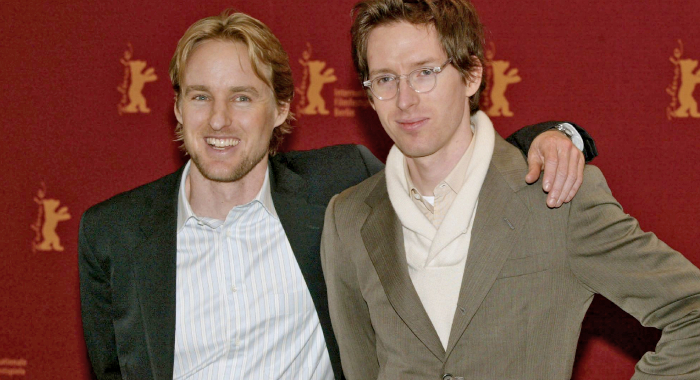
(Photo by Franziska Krug/Getty Images)
Fans often split up Anderson’s work into two categories: those written with and without Wilson — that is Bottle Rocket, Rushmore, and The Royal Tenenbaums, and then everything that followed. That’s a tad reductive, of course — there are many shades to Anderson’s work, and he has evolved a lot as a filmmaker over the last 20 years — but it is true that those first three movies have a particular spirit and point of view. For one, each is centered on pretenders — a fired landscaper pretending to be a master thief in Bottle Rocket, a failing high schooler pretending that his safety school is Harvard in Rushmore, and a broke father pretending he’s dying in The Royal Tenenbaums. What’s more, each lead has a rebellious streak, is something of an outsider, says absurd things, and has money issues. Yet despite their selfish, occasionally awful behavior, we can’t help but pull for them to find some bit of happiness. Maybe Royal put it most succinctly, talking to his daughter Margot at a posh ice-cream shop: “Can’t somebody be a s–t their whole life and try to repair the damage? I mean, I think people want to hear that.”
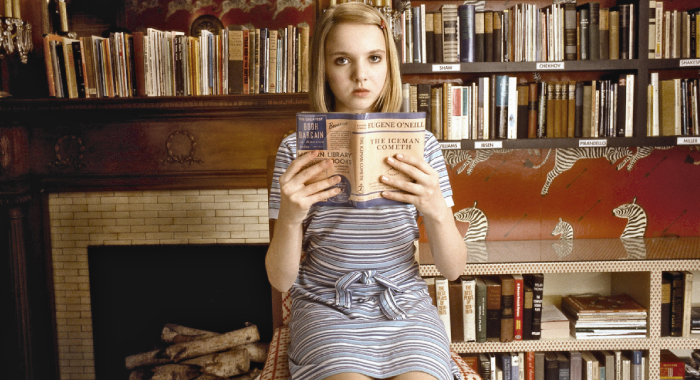
(Photo by Buena Vista Pictures courtesy Everett Collection)
Just about every one of Anderson’s signatures up to this point are heightened in Tenenbaums. Take the scene where Margot steps off the bus to meet Richie, as the world becomes quiet for a beat, then the fingerpicking guitar of Nico’s “These Days” plays. The director had already helmed a few memorable center-framed slow-motion shots. (Part of the revenge sequence in Rushmore springs to mind.) But nothing as stunning as this. Similarly, other past moves (needle-drops, montages, title cards, consistent color palettes) are played up for maximum effect throughout the movie, as if Anderson is Nigel Tufnel turning his amp to 11. He threw out some newbies, too, like a particularly impressive single-take crane shot covering the aftermath of Eli Cash (Owen Wilson) crashing into the Tenenbaums’ house.
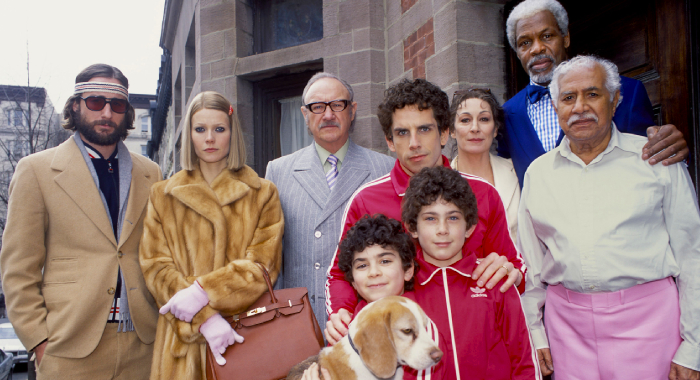
(Photo by Everett Collection)
It’s no small feat that, in spite of all the characters’ many quirks and Anderson’s aesthetic showiness, the turns by this cast still feel authentic and land when they need to. The titular role was written for Hackman, and you can tell: If this is anyone’s show, it’s his, and whether he’s barking antiquated phrases or feigning gentleness, he nails it. It’s worth singling out Stiller as well for his delivery of the line “I’ve had a rough year, Dad” in that aforementioned crane shot. It’s genuinely affecting, the film’s most moving moment.
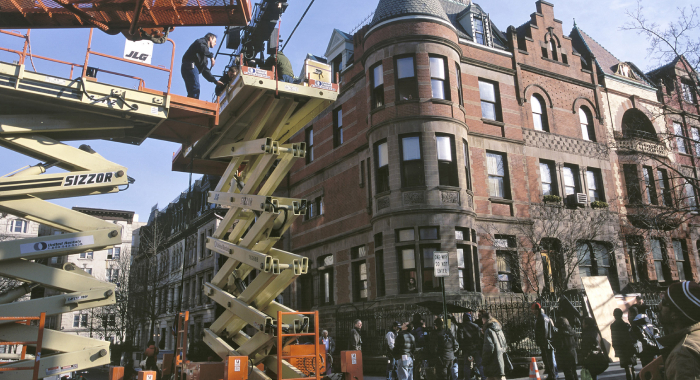
(Photo by Everett Collection)
What film would intentionally block the Statue of Liberty from a shot? This one. It happens in a scene in which Royal is talking to his longtime pal and onetime assassin Pagoda (a great Kumar Pallana) in Battery Park, who had to be positioned just right to obstruct the iconic attraction. Anderson & Co. went to great lengths to hide any New York identifiers, going so far as to change street signs. Tenenbaums takes place, then, in a sort of graffiti-covered, Gotham-inspired Wes World, filled with Gypsey Cabs, Green Line Buses, Little Tokyo, the Irvine Isle Ferry, the Lindbergh Palace Hotel, and the 375th Street Y.
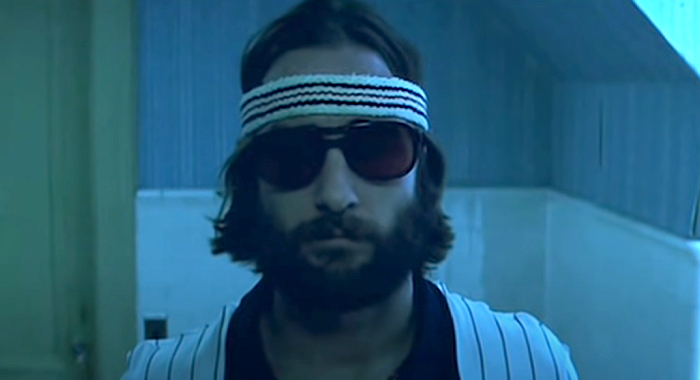
(Photo by Buena Vista Pictures)
Speaking of New York, songs by acts from the five boroughs pop up throughout, including the Ramones (“Judy Is a Punk”), the Velvet Underground (“Stephanie Says”), Paul Simon (“Me and Julio Down by the Schoolyard”) and, once again, Nico (“The Fairest of the Seasons”), who was apparently an inspiration for Margot’s look. The film is filled with some indelible soundtrack placements, but none leave a mark quite like Elliott Smith’s “Needle in the Hay,” a haunting left turn that plays over Richie’s suicide attempt.
The Royal Tenenbaums was released on December 14, 2001.